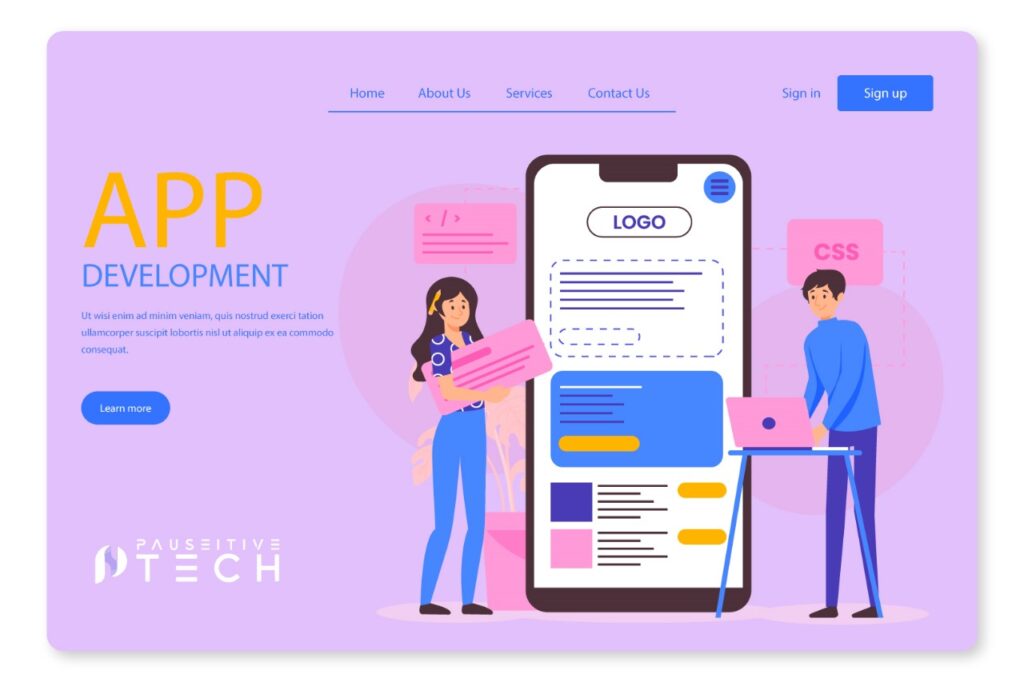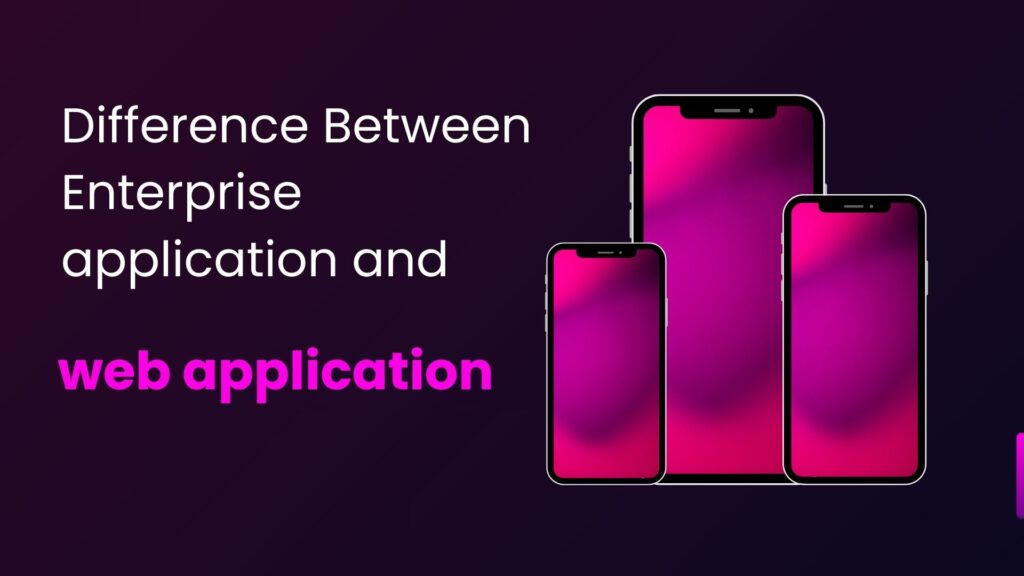Single Page Applications (SPAs) have become popular in today’s web development, as their use allows for efficient progressive loading of content without a full page refresh. It makes SPAs useful for interactive apps because it improves performance and makes them more responsive. However, like any other technology, single-page applications also have their pros and cons. In this article, we will discuss the pros and cons of scop of single page applications.
Pros and Cons of Scope of Single Page Applications

Pros
Improved User Experience:
Single Page Applications (SPAs) are a type of application that loads content in the background, giving the user an instance-like experience. This makes navigation a lot quicker and the movement seamless, which resembles the use of an actual application.
Reduced Server Load:
Because most components of the SPA are downloaded initially, with subsequent calls being minimized, server load and bandwidth are decreased.
Easier Development:
The frameworks of JavaScript, which are used in developing Single Page Apps SPAs, provide for setting up reusable parts and efficient processes that are easy to manage and update, making management easier.
Enhanced Engagement:
The introduction of the comfortable and attractive interface of SPAs can increase the time of active users staying on a site since transitions from one page to another are as unintermittent as possible.
SEO Benefits:
New approaches in SEO for SPAs enable search engines to index sites more effectively, and increase organic traffic.
Cons
SEO Challenges:
Some challenges make SPAs not friendly when it comes to SEO, such as problems related to correct crawling and indexing of dynamic content. That is why such techniques as server-side rendering are necessary, otherwise, visibility may be a problem.
Initial Load Time:
This is because all the framework and resources must downloaded before any content displayed, though subsequent load times are fast.
JavaScript Dependency:
JavaScript is a favorite of SPAs. If a user has it disabled or if there are errors in the script, the application may become unusable, and this is a restraint to the accessibility of the application.
Complex State Management:
Overseeing the state in an application can present challenges in SPAs, particularly where the application is complex. This could give a better opportunity for bad performances and bugs, if not well managed.
Browser Compatibility Issues:
Some web browser versions can be incompatible with SPAs functioning in a rich client environment. This can cause differences in how some users experience the site, and create possible problems in the site’s functionality based on the user’s choice of browser.
Security Vulnerabilities:
Because of this, SPAs may be subject to increased security risks, such as Cross-Site Scripting (XSS) attacks, due to the extensive use of JavaScript. The user information and their interactions must be protected, so developers must create effective security solutions.
Conclusion
When considering the pros and cons of scop of single page applications, it becomes evident that there are considerable advantages, including but not limited to the following. This improved realism of the SPA makes the user experience, enhanced by SPA’s capabilities to handle the minimal loading of the server. Since there is less page reloading, SPA provides improved engagement. Other factors relevant to web development include SEO problems, first impressions prevalent during the initial page load, and independent challenges in managing state information. All things considered, a SPA should developed by and for the application, its audience, and the available development and maintenance personnel. When the strengths and weaknesses of adopting this approach are considered, companies can better manage their use of SPAs in delivering engaging website solutions.




